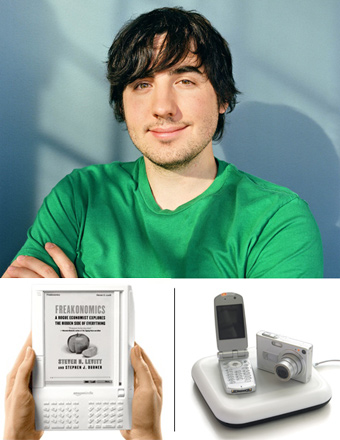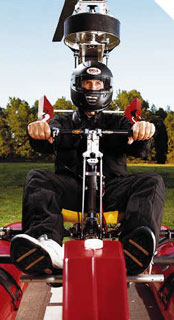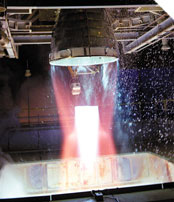Fuel cell technology is all the rage, and some say it might even revolutionize transportation. Boeing is bullish enough to begin designing a small fuel-cell-powered propeller plane. If its research bears fruit, there could be a place for fuel cells in jetliners too — replacing the gas turbine auxiliary power units (APUs) built into the rear fuselages of jets.
Currently, the APU generates electrical power for the jet primarily when the main engines are switched off (that is, when you’re waiting on the tarmac). But a fuel cell APU could be used in flight for everything from heating meals to powering the cockpit’s computer — instead of diverting power from the engines to generate electricity — thus improving the plane’s overall fuel efficiency.
But operating fuel cells at high altitudes can be tricky. Indeed, the sole purpose of Boeing’s fuel cell propeller plane, says Boeing engineer Michael Friend, is to let researchers take the system up to altitude to study the fuel cells’ performance. Inside fuel cells, hydrogen fuel and oxygen from the air react to produce an electrical charge. In the thinner air at 35,000 to 50,000 feet, a compressor will be needed to ensure a constant supply of oxygen. This compressor will also maintain a high internal pressure under which fuel cells run more efficiently. Boeing hopes to get its test plane off the ground by 2004.







